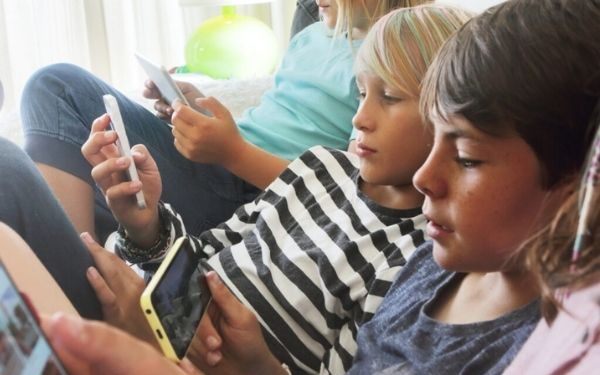As the Oregon Legislature tackles rising education costs, accountability concerns, and declining student performance, there’s a simple, proven, and low-cost solution that could make a big difference: keep smartphones out of students’ hands from the first bell to the last.
Across Oregon and the country, schools that have removed personal devices throughout the entire school day—not just during class—are seeing real improvements. Research from institutions like the London School of Economics and the National Education Association shows that student test scores improve, social interactions grow stronger, behavior gets better, and teachers are more effective.
The results are so promising that 12 states have already adopted bell-to-bell bans on smartphones, with seven more considering similar laws. This isn’t a partisan issue—it’s a practical, research-backed step toward better outcomes.
Yet, Oregon’s House Bill 2251, which proposed such a ban, stalled in the Senate Education Committee earlier this session. Critics called it government overreach, but the real overreach comes from Silicon Valley, whose addictive tech products have invaded classrooms and hijacked students’ ability to learn. A statewide ban would return control to educators, parents, and students.
The science is undeniable. Multiple studies have shown that smartphones rewire children’s brains, disrupting focus, memory, and self-control. Half of all kids get their first smartphone before turning 11—around 5th or 6th grade.
A National Center for Education Statistics survey found that most public school leaders believe phones hurt academic performance. And simply asking students to keep phones away during class doesn’t work. Just having them nearby is enough to cause distraction—for kids and adults alike.
A bell-to-bell policy eliminates that distraction and lifts the burden off teachers constantly battling phone use.
Beyond academics, removing phones restores vital social connections. Schools with “away for the day” policies—in Colorado, Ohio, Portland, and more—report that lunchrooms are buzzing with conversations again.
In an era of rising teen loneliness and mental health struggles, that kind of connection matters. These policies also reduce risks from issues like nonconsensual photos, viral TikTok stunts, and cyberbullying during school hours.
Leaving these decisions to individual school districts creates confusion and inequality. The negative effects of smartphones are well-documented—and so are the long-term risks. Tackling this problem piecemeal won’t solve it. Like we’ve done with tobacco, opioids, and teen driving safety, Oregon needs a strong, statewide approach to protect kids’ health and education.
In a time of educational setbacks and a teen mental health crisis, Oregon’s children deserve more than a patchwork of policies. Lawmakers should move to pass HB 2251 before the session ends. If they don’t, Governor Kotek—as superintendent of public instruction—should act decisively and implement a bell-to-bell smartphone ban through executive order.











